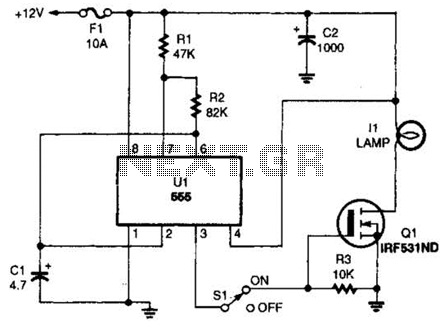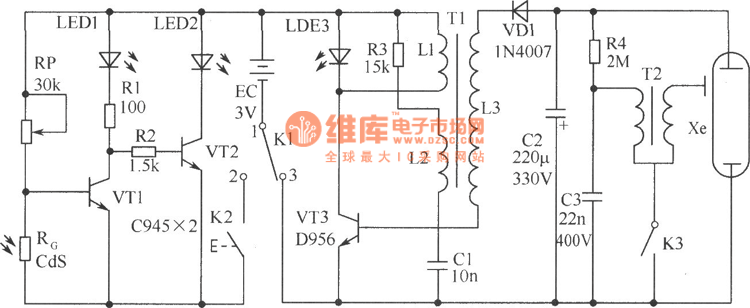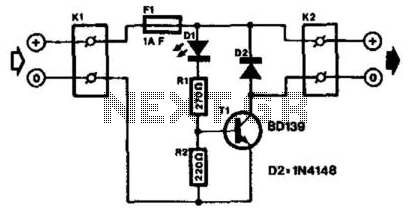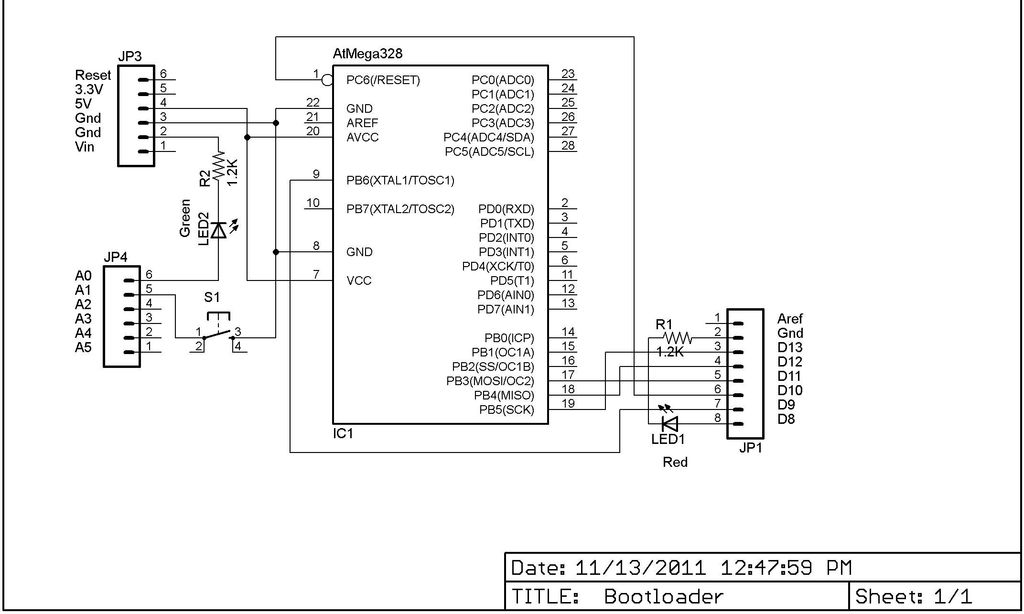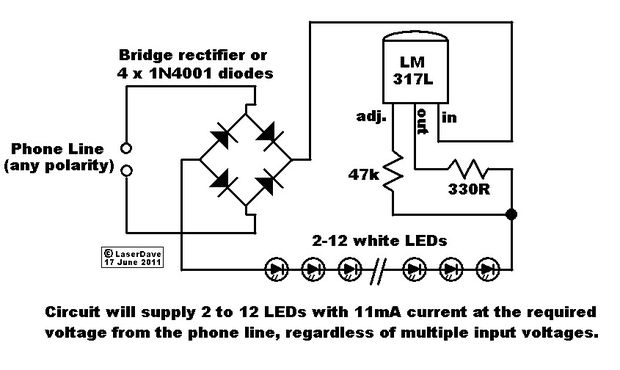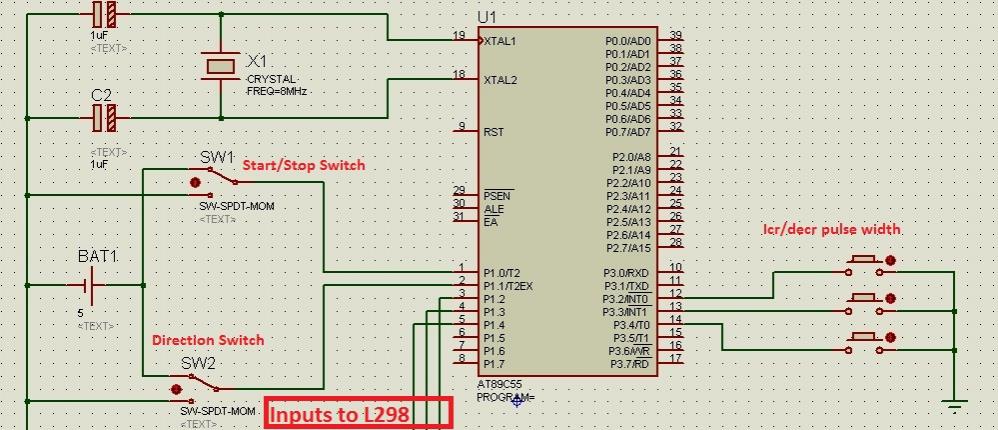
ATMEL 8051 Flash Based-Microcontroller Programmer
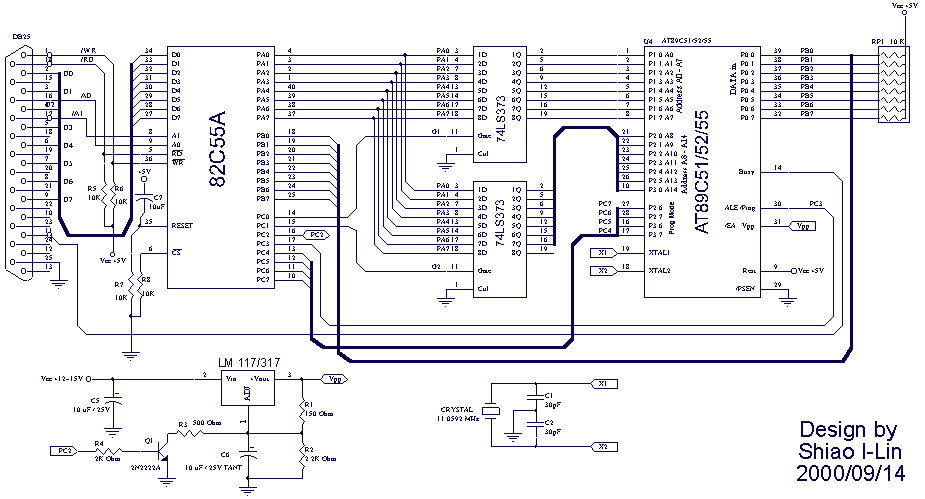
The Atmel Flash devices are ideal for developing, since they can be reprogrammed easy and fast. If you need more code space for your application, particularly for developing 89Cxx projects with C language. Atmel offers a broad range of microcontrollers based on the 8051 architecture, with on-chip Flash program memory. More: The advantage of this programmer is it doesn`t need the pre-programmed 89C51. The 89C51/52/55 receives the 8-bits data from PC parallel port via 82C55A.
1. U1: 82C55A is a Programmable Peripheral Interface: Fully TTL Compatible High Speed, N
The Atmel Flash devices, particularly those based on the 8051 architecture, are designed to facilitate rapid development and prototyping of embedded applications. These microcontrollers feature on-chip Flash program memory, which allows for easy reprogramming and quick iterations during the development phase. The 89Cxx series, including the 89C51, 89C52, and 89C55, is particularly advantageous for developers using the C programming language, as it provides ample code space for various applications.
In the described programming setup, the 82C55A serves as a crucial component, functioning as a Programmable Peripheral Interface (PPI). This device is fully TTL compatible, ensuring seamless integration with other digital circuits. The 82C55A operates at high speed, providing efficient data transfer between the microcontroller and the PC's parallel port. It facilitates the transfer of 8-bit data, which is essential for programming the 89C51/52/55 microcontrollers without the need for pre-programmed devices.
The circuit typically involves connecting the 82C55A to the parallel port of a PC, which acts as the data source. The microcontroller receives the data through its designated input pins, allowing for the programming of the Flash memory. The configuration of the 82C55A can be adjusted to suit various operational modes, such as input or output, enabling flexibility based on the specific requirements of the application.
In summary, the integration of the Atmel Flash devices with the 82C55A PPI creates a robust environment for developing 8051-based applications, streamlining the programming process and enhancing the overall efficiency of embedded system design.The Atmel Flash devices are ideal for developing, since they can be reprogrammed easy and fast. If you need more code space for your application, particularly for developing 89Cxx projects with C language. Atmel offers a broad range of microcontrollers based on the 8051 architecture, with on-chip Flash program memory.
The advantage of this programmer is it doesn`t need the pre-programmed 89C51. The 89C51/52/55 receives the 8-bits data from PC parallel port via 82C55A. 1. U1 : 82C55A is a Programmable Peripheral Interface : Fully TTL Compatible High Speed, N 🔗 External reference
1. U1: 82C55A is a Programmable Peripheral Interface: Fully TTL Compatible High Speed, N
The Atmel Flash devices, particularly those based on the 8051 architecture, are designed to facilitate rapid development and prototyping of embedded applications. These microcontrollers feature on-chip Flash program memory, which allows for easy reprogramming and quick iterations during the development phase. The 89Cxx series, including the 89C51, 89C52, and 89C55, is particularly advantageous for developers using the C programming language, as it provides ample code space for various applications.
In the described programming setup, the 82C55A serves as a crucial component, functioning as a Programmable Peripheral Interface (PPI). This device is fully TTL compatible, ensuring seamless integration with other digital circuits. The 82C55A operates at high speed, providing efficient data transfer between the microcontroller and the PC's parallel port. It facilitates the transfer of 8-bit data, which is essential for programming the 89C51/52/55 microcontrollers without the need for pre-programmed devices.
The circuit typically involves connecting the 82C55A to the parallel port of a PC, which acts as the data source. The microcontroller receives the data through its designated input pins, allowing for the programming of the Flash memory. The configuration of the 82C55A can be adjusted to suit various operational modes, such as input or output, enabling flexibility based on the specific requirements of the application.
In summary, the integration of the Atmel Flash devices with the 82C55A PPI creates a robust environment for developing 8051-based applications, streamlining the programming process and enhancing the overall efficiency of embedded system design.The Atmel Flash devices are ideal for developing, since they can be reprogrammed easy and fast. If you need more code space for your application, particularly for developing 89Cxx projects with C language. Atmel offers a broad range of microcontrollers based on the 8051 architecture, with on-chip Flash program memory.
The advantage of this programmer is it doesn`t need the pre-programmed 89C51. The 89C51/52/55 receives the 8-bits data from PC parallel port via 82C55A. 1. U1 : 82C55A is a Programmable Peripheral Interface : Fully TTL Compatible High Speed, N 🔗 External reference
